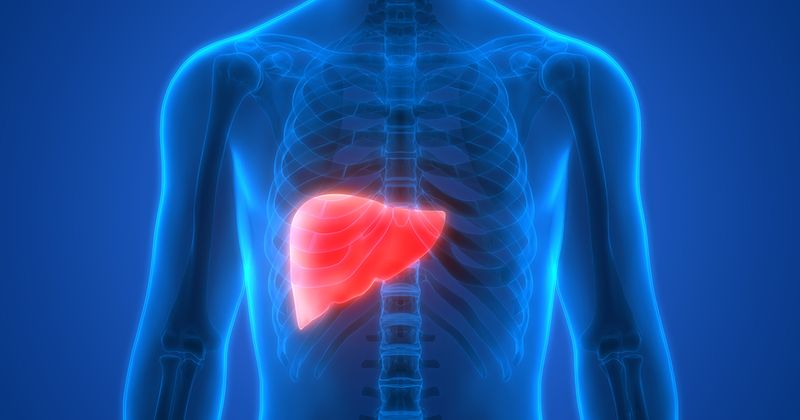Agile scores ‘may be suitable alternative’ to routine liver biopsy in MASLD patients
Key takeaways:
- Agile scores had the highest predictive value and classified fewer patients in the intermediate-risk group vs. other tests.
- Single or serial scores were highly accurate in predicting liver-related events.
Vibration-controlled transient elastography-based Agile scores accurately predicted liver-related events in patients with metabolic dysfunction-associated steatotic liver disease and “may be suitable alternatives” to routine liver biopsy.
“In patients with MASLD, there is a dose-response relationship between the severity of liver fibrosis and future risk of liver-related events,” Huapeng Lin, PhD, of the Chinese University of Hong Kong, and colleagues wrote in JAMA. “Recently, by combining liver stiffness measurement (LSM) and simple clinical parameters, several authors of the present study derived and validated the Agile 3+ score for the diagnosis of advanced fibrosis and the Agile 4 score for the diagnosis of cirrhosis (collectively, Agile scores) in patients with MASLD with improved accuracy and reduced indeterminate zone compared with LSM alone.”

Image: Adobe Stock
Using data from a natural history cohort of 16,603 patients (mean age, 52.5 years; 57.8% men) with MASLD who underwent vibration-controlled transient elastography (VCTE) from 2004 to 2023, researchers investigated the performance of baseline and repeated Agile scores and LSMs in predicting liver-related events, including hepatocellular carcinoma, hepatic decompensation (ascites, variceal hemorrhage, hepatic encephalopathy or hepatorenal syndrome), liver transplant and liver-related deaths.
Researchers also compared Agile scores with other histologic and noninvasive tests for fibrosis.
After a median follow-up of 51.7 months, 316 patients developed a liver-related event which included 139 cases of HCC and 209 cases of hepatic decompensation. Agile 3+ and Agile 4 scores demonstrated the highest predictive value (integrated area under the time-dependent receiver-operating characteristic curve = 0.89) and classified fewer patients (10.2% and 8.7%, respectively) in the intermediate-risk group compared with other fibrosis scores.
In a serial analysis, researchers evaluated data from 10,920 patients who underwent repeated VCTE at a median interval of 15 months. Results showed a total of 81.9% and 92.6% of patients had stable Agile 3+ and Agile 4 scores, respectively.
The incidence of liver-related events was 0.6 per 1,000 person-years among those with “persistently low” Agile 3+ scores and 30.1 per 1,000 person-years among those with “persistently high” scores. A decrease in score by at least 20% was associated with reduced risk for liver-related events among those with a high Agile 3+ score at baseline. Researchers reported a similar trend for the Agile 4 score.
“VCTE-based Agile scores were found to be highly accurate in predicting liver-related events in patients with MASLD,” Lin and colleagues wrote. “In the short-term to medium-term context, the Agile scores have high stability on repeated testing. In less than half of patients with an early change in Agile scores, the lower score between two serial measurements more faithfully reflects the risk of liver-related events.”
They continued: “The findings suggest that VCTE-based Agile scores may be suitable alternatives to liver biopsy in routine clinical practice and in phase 2b and 3 clinical trials for steatohepatitis.”
